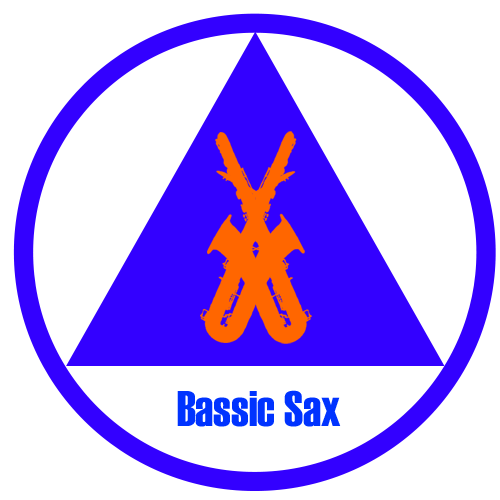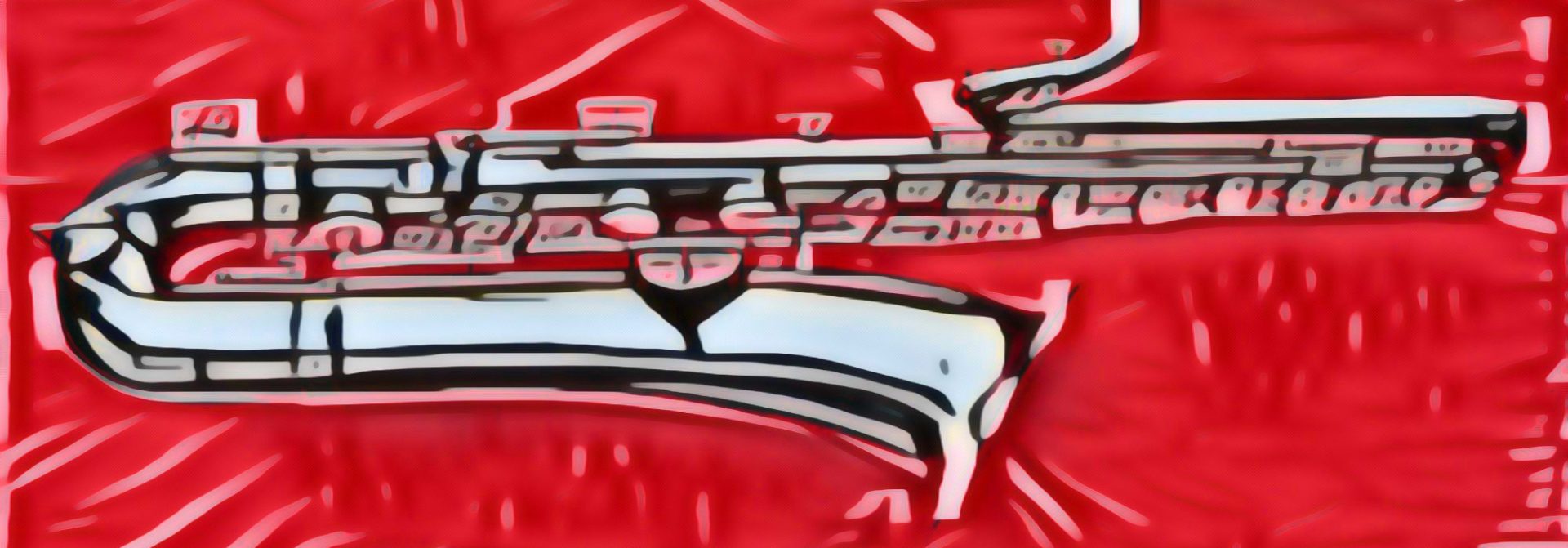The last page from the antique Paul Stark catalogue that is of interest to us saxophone players, features the Evette & Schaeffer saxophones.
As you can see, there were quite a few Evette & Schaeffer model saxophones available. The voicings in 1893 already ranged from soprano through contrabass. What’s interesting is that there were three fingering systems available.
- 60 (s), 66 (a), 72 (t), 78 (b), 84 (bass), and the 90 (contra) used the conventional fingering systems for saxophones.
- 61 (s), 67 (a), 73 (t), 79 (b), 85 (bass), and the 91 (contra) used the P. Goumas & Co. fingering system. According to the description supplied above, there are two Bb’s on these horns. This allows the player to use either the right or left index fingers to play a B to C trill, without switching fingers. This is the same as on Boehm system clarinets.
- 63 (s), 69 (a), 75 (t), 81 (b), 87 (bass), the 93 (contra) utilized the Evette & Schaeffer system. Check out this page on Saxpics, if you’d like to read more about this fingering system—and view a more legible copy of the diagram shown above.
I happen to own a pretty minty Evette & Schaeffer HP bari, which predates this antique Paul Stark catalogue by about 6 years. My bari has the conventional fingering system, and its original silver plate is so shiny, it can easily mistaken for nickel plate in photos. If you’d like to find out more about this interesting bari, its history, or just see more photos of it, check out its page on my website.
Evette & Schaeffer HP bari, serial # 75XX, circa 1886
Well, I hope you enjoyed today’s trip down antique catalogue lane. This Paul Stark catalogue from 1893 is just one of the many incredibly old, and seriously interesting catalogues that I will continue to feature on my weblog.
If you have any photos of the instruments I mentioned here, or any information about any of these horns, please either leave a comment, or drop me an email.






If you’re interested in hearing the sound of the Octavin. Please check out my YouTube video. https://www.youtube.com/watch?v=34lxGW4Rp2o
On 1:48 there is the short appearance of something that looks like a modern Georgeophone.
No Georgeophone, probably a Wessex ophicleïde.
The instrument, that according to Berlioz, inspired Adolph Sax.
Hector Berlioz, Hugh Macdonald, “Berlioz’s Orchestration Treatise: A Translation and Commentary”, Cambridge University Press, 2002, p. 297
Put a single reed mouthpiece on it and you have a primitive bas saxophone with 13 keys (no octave keys).
Georgeophone: This beautifull horn was also build in Italy by : Ferdinandi Roth , probably there where more Manufacturers of this horn, it was very costly to produce, but at least we have now;
P.Stark, Pelissson adn Roth, maybe there are more.
Yup, considering it was just a rumour a few years ago, I think this is pretty exciting!
I thank you for the dedication.
I only occasionally go out of my comfort zone of sax research into esoteric woodwind instruments, primarily because of the time it takes vs. the time I actually have. However, these instruments shouldn’t be ignored. There are some very close saxophone relatives out there, like the Sarrusophone and Rothophone, and you also have to remember that one of A. Sax’s biggest contribution to the woodwind world was the redesign of the bass clarinet. Hey, a lot of sax players also double on at least clarinet, if not more stuff.
Actually, I’ve been working on Rothophone and Sarrusophone pages for years now. I started them so many times, but have never finished them. I really do need to get them done. One day…